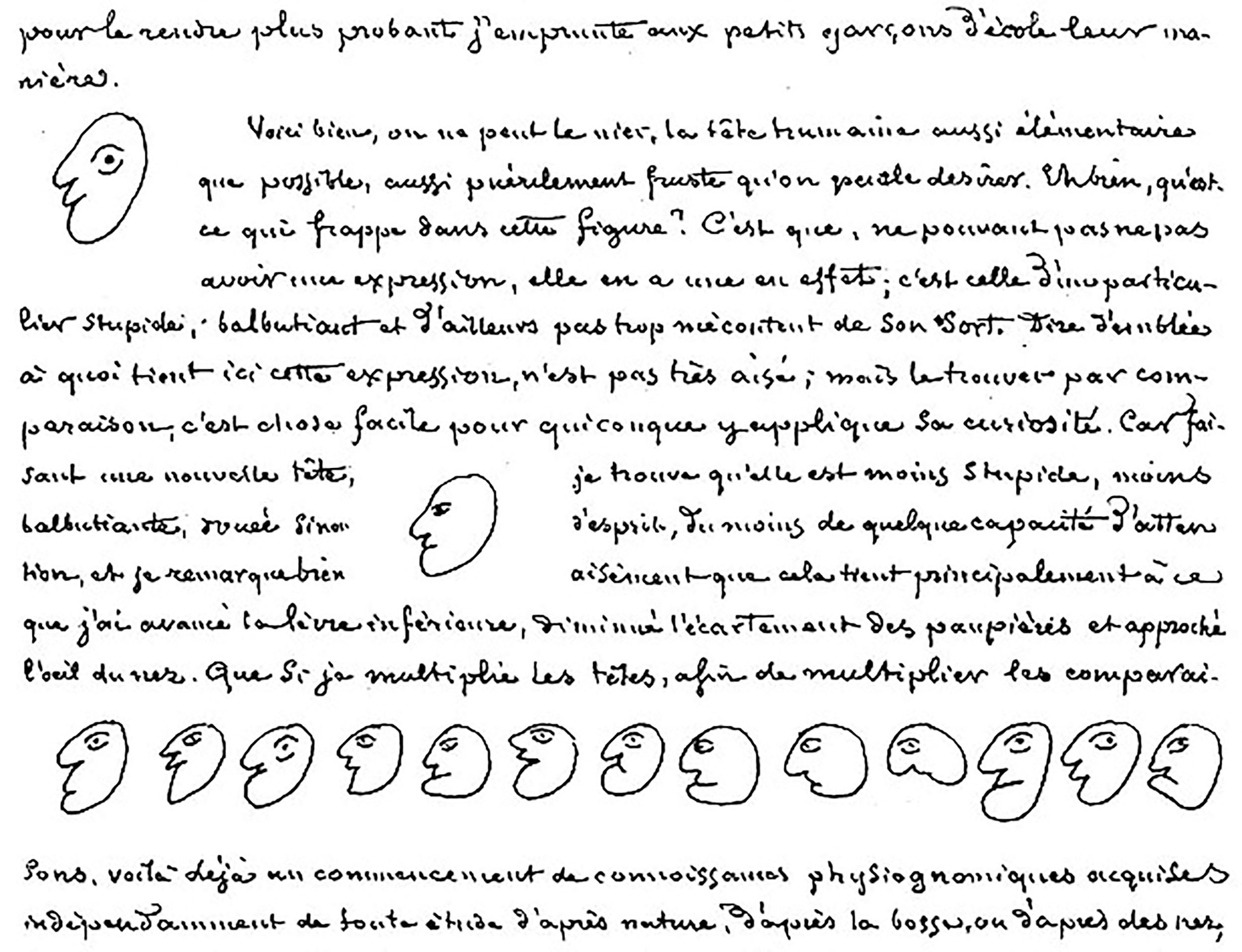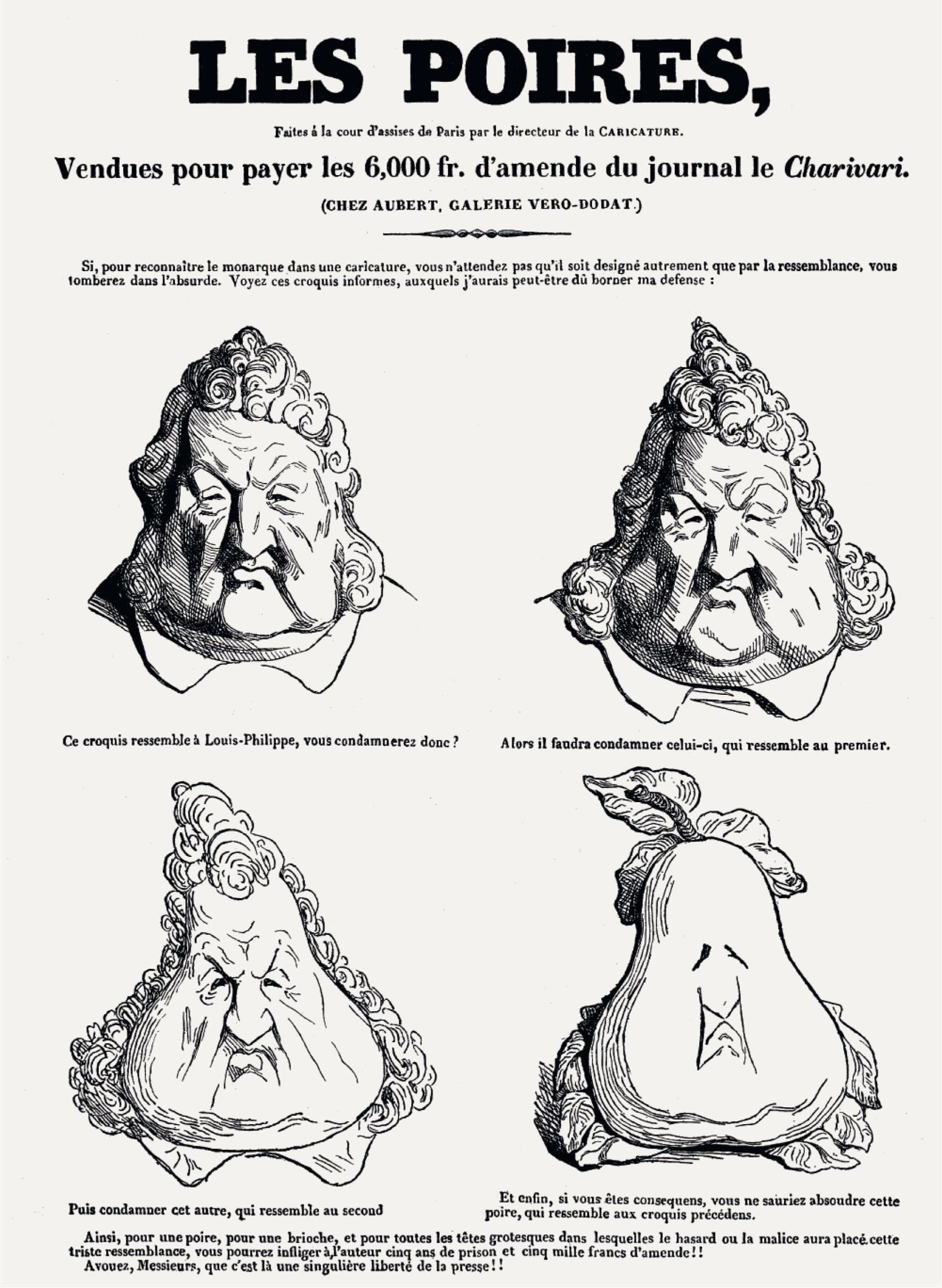Physical Address
304 North Cardinal St.
Dorchester Center, MA 02124
We have been performing “refreshing” techniques for the past 35 years, offering an alternative to the classical facelift for facial rejuvenation. We can start treating some of our patients at an earlier age, and, as well, improve the aspect of faces that have been “over-stretched” by several rhytidoplasties. With these techniques we can improve the facial appearance of patients of all ages, using our technique of superficial syringe liposculpture – SSL – with fine cannulas aspirating fat to recontour the jawline, and injecting fat with fine needles in the nasolabial, malar, and glabellar regions, postponing the first facelift, or complementing our older patients' facelift. The “refreshing techniques” would not, however, give the same results of rhytidoplasty, neither do we advocate this operation to be abandoned. Refreshing is a combination of gentle facial contouring procedures that can be used alone or as an adjunct to rhytidoplasty, a complement to other techniques.
In 1992 we organized for the third time in São Paulo a symposium called Recent Advances in Plastic Surgery, RAPS III, where we encouraged plastic surgeons to present new ideas and new techniques in all areas of aesthetic surgery. As in the previous two meetings we published the Annals with all the presented papers. In our articles, we showed different options to the two accepted facial rejuvenation techniques at the time, blepharoplasty and rhytidoplasty, which were minimally invasive procedures that could enhance the looks of the patient and could be used as an alternative, or in conjunction with the traditional techniques. The role of skin retraction became an important consideration, something that would be explored in the following years, through many new devices and techniques.
We have to look at facial rejuvenation without the rigid confines taught in the early years of plastic surgery. Instead, we appreciate the wants of the patient, looking to improve the appearance with minimal morbidity through simpler, faster procedures, as an option to the traditional “cut and stretch” techniques. We can offer smaller procedures under local anesthesia, with no need for hospitalization, a major factor in the patient’s considerations.
Rejuvenation could be described as a state of mind and by improving the appearance we can also help to improve the state of mind. “It feels much better to look younger and have less wrinkles, than to carry the burden of an older face all your life,” a patient of mine once said. The interesting point is that the changes do not need to be drastic to provoke a more youthful appearance and elevate the spirit of the “tired“ face. The best compliment to the patient and the surgeon is when friends notice “You look great!“ without perceiving any drastic changes. The worst is when the patient enters a room and it is noticed that “You’ve had something done!“, or worse, “You've had plastic surgery!“
Human appearance is the sum of several components. It has been studied for centuries by artists and more recently by psychologists and plastic surgeons. In 1845, in his Essai de Physiognomonie , published in Geneva, Rodolphe Töpffer explained what is now considered “The Töpffer law” : Any configuration that can be interpreted as a human face, badly drawn as it may be, will have, ipso facto, its own expression and individuality ( Fig. 8.6.1 ).

Based in his work, almost a hundred years later, in 1937, Vienna psychologist Egon Brunswik confirmed our extreme perception to the smallest changes in the physiognomy. In his studies he explains that small variations in the proportions of the human face can affect our judgment of the person’s personality. Our subconscious mind judges people by their appearance, even if consciously we know we should not.
The division of the face in thirds of similar proportion, the forehead, the eyebrows to nose tip and nose tip to chin, is considered to be proportions of beauty. A wide forehead is considered a sign of intelligence and a short one, stupidity. Big ears are often taken as a sign of a “dumbo“, a receding chin, or “weak chin“ is equated to indecisiveness, while a big chin will have the opposite judgment, no matter what the real qualities are. A woman with thin lips can be thought of as mean and another with full, pout lips, as generous and good. The extreme, the anomalous, usually sticks in our mind and gives us preconceived diagnosis and ideas.
Caricaturists distort and exaggerate facial features so as to portray their subject in a few lines. It could be a dangerous profession. In France, Charles Philipon was fined 6000 francs for portraying King Louis-Phillipe as a pear in 1831 – the king as an imbecile, although Philipon was not sure which phase of the transformation he was being condemned for ( Fig. 8.6.2 ).

It is important to try to balance the facial proportions, to achieve what the patient seeks, which most often is a feeling of similarity with their peers and “normality”.
I altered my concept of facial rejuvenation when I became uncomfortable performing facelifts on young, 35–45-year-old patients. First of all, I do not like to place the extensive and permanent scar on “borderline age“ cases, and I do not like to only stretch the skin to accomplish the “younger look“. The stigma of a stretched face, the “what's happening? look“, although it can be avoided by a good surgeon, can alter the facial expressions and outwardly the personality of the patient. Even a good result will leave marks that cannot be disguised. I still, of course, perform the procedure, when indicated, but I find it is less often, and in patients usually 45 years old and over. Patients in this age group will come to me and ask for rejuvenation, to ”have something done“ to improve their appearance without undergoing rhytidoplasty; we can help with this.
Before liposuction, little could be done. The so-called “minilift” of the midface, temporal, or cervical regions still holds the same stigmas of rhytidoplasty. We can use the blepharoplasty procedure, solving excess skin, muscle, and fat within the orbital region. Blepharoplasty is a wonderful procedure and there is no substitute for it. It solves the eyelid problems thoroughly and leaves inconspicuous scars.
In the early 1980s we started using liposuction to improve facial contours. Facial cannulas were thick in those days, 4– 6 mm, and results were, as in all cases of liposuction at that time, limited by the patient's skin quality and the depth of suction. A patient was considered a good candidate for liposuction if young and with good skin tone. Otherwise, a skin resection was usually recommended to complement the facial sculpting.
By the mid 1980s we had started fat grafting of the face and body, and by 1986 we were using 10-cc disposable syringes for facial sculpturing. This facial procedure has become very delicate with much finer cannulas. We use cannulas of 1.5-mm to 3-mm gauge for the face and neck. Anesthesia has improved and we started suctioning and injecting fat as an office procedure under local anesthesia. Office surgery became more frequent. The ease and safety of the procedure, allied with a global financial recession, has drastically cut the number of hospital surgeries.
Fat grafting became an accepted alternative after an initial phase of discredit related to high reabsorption rates of the injected fat, due to the mistreatment of the fat cells. We have perfected our technique and have a high rate of patient satisfaction.
In the 1990s we started performing endoscopic brow lifts and midface lifts. Although endoscopic procedures use minimal scarring, they are hardly minimally invasive as the dissection of the tissues can be very traumatic. After Botox and fillers were introduced, we could substitute the endoscopic brow lifts and finally start treating younger patients with non-surgical procedures.
With Botox we can treat the fine wrinkles that do not disappear with the surgical procedures and with fillers we can improve folds and highlight the angles of the face. The option of deep chemical peels and dermabrasion has limited use in dark-skinned individuals and was responsible for the unpredictable scarring and hyperchromia that has always limited these procedures in certain ethnic populations. Peelings have become gentler. In the 1990s TCA peels experienced a comeback, allied to Retin A and alpha-hydroxy acid (AHA) peels. We can now treat both patients of Caucasian origin and dark-skinned patients all year round, providing they follow strict recommendations of skin care and the use of sun-blocking agents.
The idea of “refreshing“ rejuvenation has become extremely popular and public education has brought to our offices a new kind of patient, those afraid of the drawbacks of the traditional rejuvenation techniques. These patients, instead of waiting for their face to “fall“ at the age of 50, now came to our clinic in their early 30 s, or even late 20 s, looking for maintenance procedures until the facelift age finally arrives.
We learned that all these small procedures can also be used in conjunction with rhytido- and blepharoplasty, enhancing their results. Perioral wrinkles, never treated with rhytidoplasty, could now be improved with fat grafting.
Become a Clinical Tree membership for Full access and enjoy Unlimited articles
If you are a member. Log in here